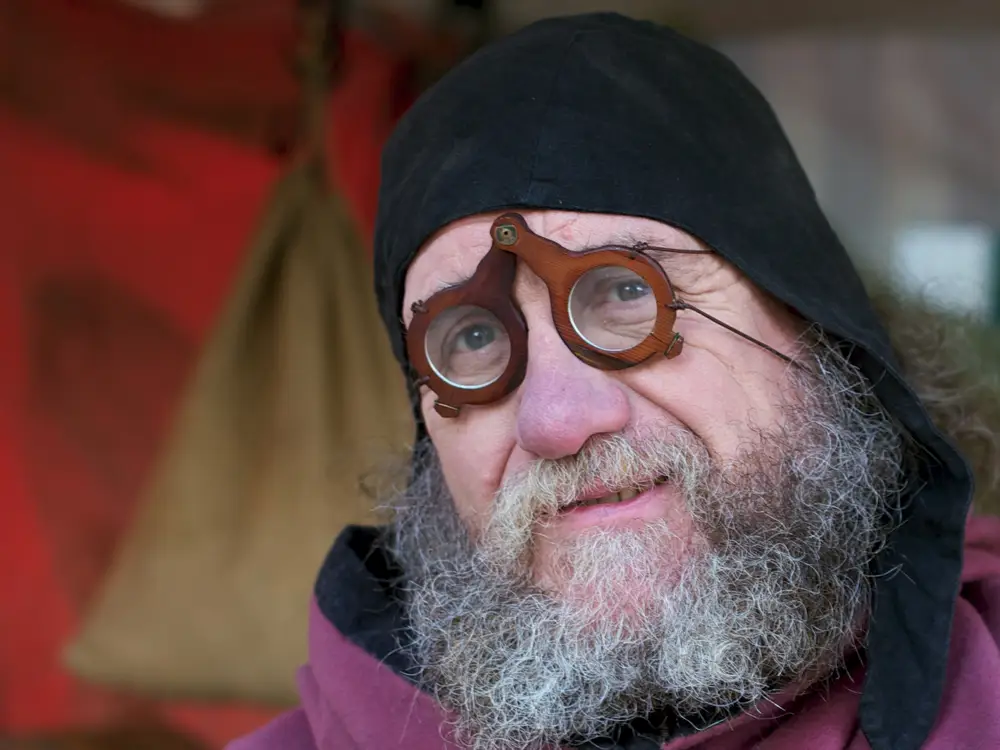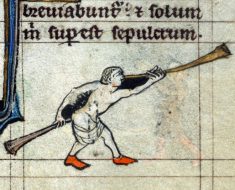When we picture a Viking smith at work, the image is often of a man in a smoky forge or in a yard hammering away at glowing metal.
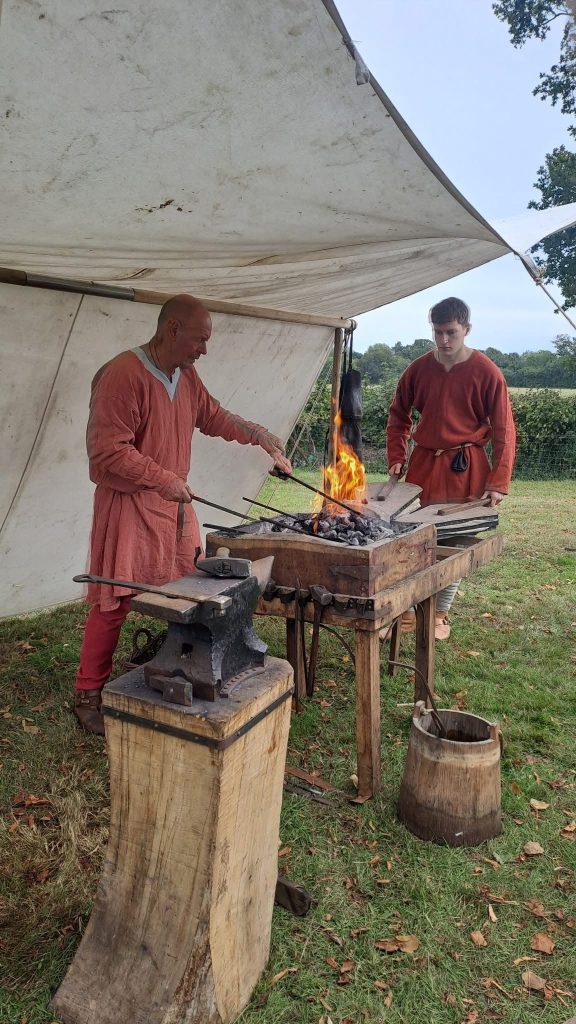
But how hot did those small charcoal forges really get…and was it enough to make the weapons and tools that defined the Viking Age?
The short answer is yes!
Heat!
A Viking forge, fuelled by charcoal and driven by bellows, could reach temperatures of 1,200–1,300°C (2,200–2,400°F). That’s more than hot enough to soften iron, create steel, and even weld layers of metal together.
At about 900–1,000°C, iron becomes workable under the hammer, glowing red to yellow. This is the temperature most tools and fittings would have been forged at. But for more advanced work, such as making steel or welding iron and steel layers into a sword blade, the fire needed to be hotter…over 1,150°C.
Viking smiths achieved this with double-acting bellows, which forced a steady blast of air through the charcoal, driving up the heat. Smelting, the process of turning iron ore into usable metal, demanded the greatest heat of all.
Bloom
In small clay or stone furnaces, Vikings and their neighbours fired charcoal to over 1,200°C, reducing ore into a spongy lump of bloom iron. This bloom had to be reheated and hammered again and again to drive out slag and impurities.
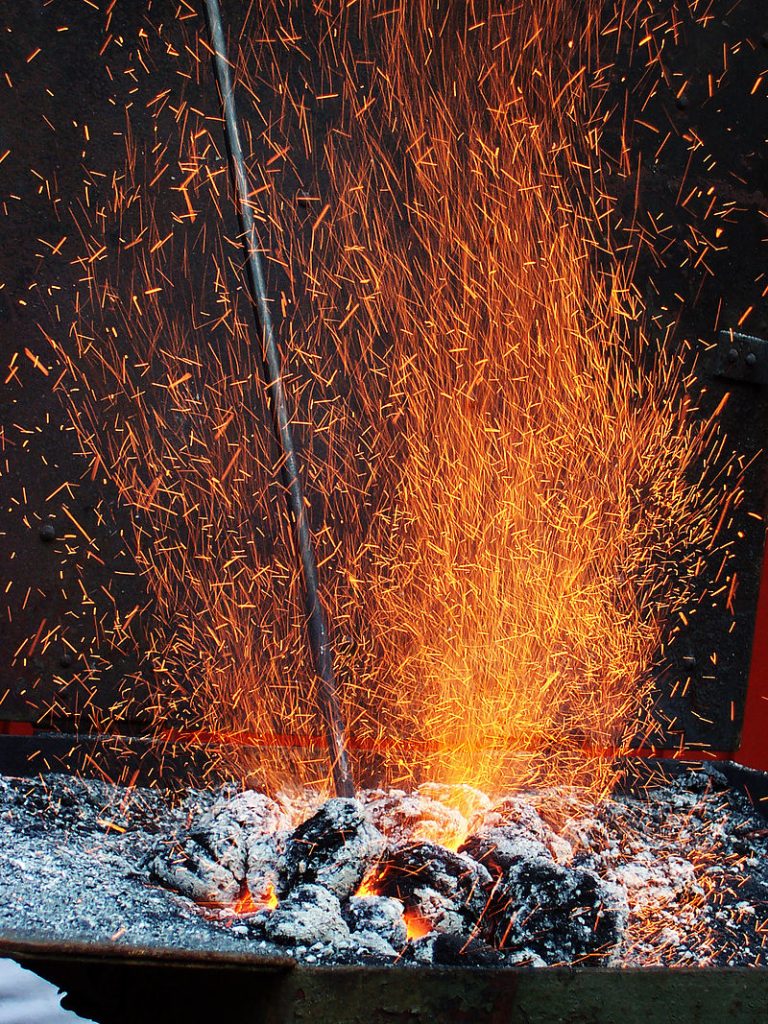
From there, smiths could refine it further into steel by carefully controlling how long the hot iron was left in the heart of the fire, allowing carbon from the charcoal to diffuse into the metal. This mastery of fire and metal was central to Viking life.
Weapons
The same forge that made rivets and nails for a ship’s planking also produced spearheads, axes, and ornate jewellery. At the top of the craft were swordsmiths, who used heat to weld together alternating strips of iron and steel in what we now call pattern welding.
The process left the blade not only strong and flexible but also decorated with swirling designs in the metal itself… all created by controlling temperatures above 1,200°C without a thermometer in sight. The forge was, in many ways, the Viking “high tech” of its time.
Heat, air, and charcoal turned rock into tools, ore into weapons, and lumps of bloom into treasures worthy of a warrior’s grave.
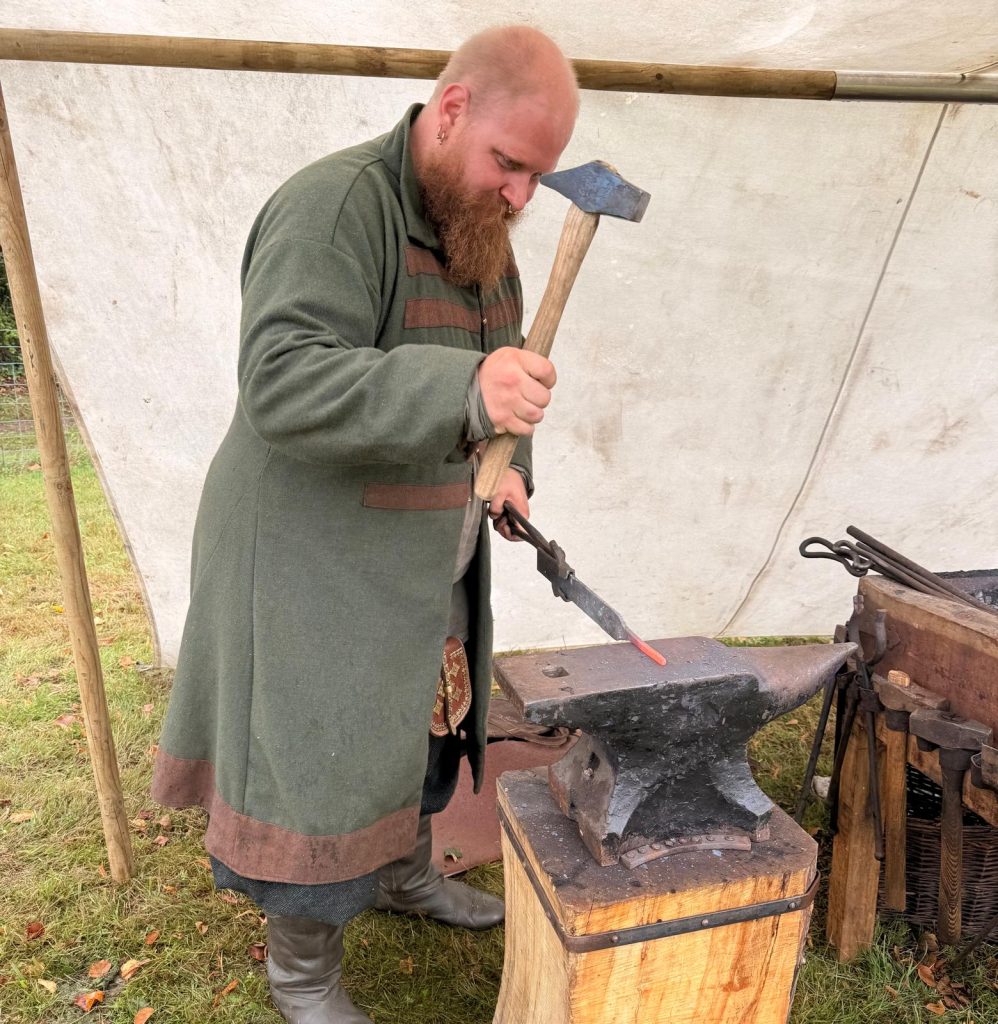
The next time you see a Viking sword or axe in a museum, remember…it took fire hotter than a volcano’s edge, tamed by human hands, to bring it into being.
Thanks to OC for the pics.

